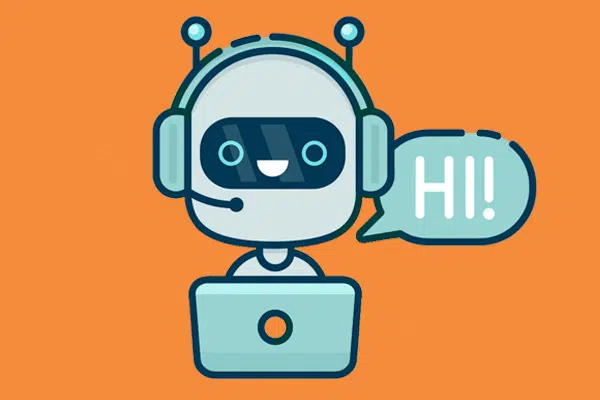

Every website today should be properly optimized to help its customers. That means being poised and ready to help them as soon as they enter the site.
Part of that process is having a chatbot ready to assist.
What is a Chatbot?
Think about Batman for a moment. That’s right, the superhero Batman: pointy ears, cool car, cape, and cowl. He trains relentlessly. Fights crime on the streets of Gotham by night. By day, he’s a detective pretending to be a playboy billionaire.
But he wouldn’t be able to do ANY of it without his trusty butler, Alfred.
Think of a chatbot as the Alfred to an e-commerce website’s Bruce Wayne. When a visitor to a website rings a website’s front doorbell, it’s a chatbot who answers the door. A chatbot is a chat function that pops up for all visitors to a website. Programmed and designed to be artificially intelligent (A.I) a chatbot is a tool with the sole purpose to engage with any received message and provide a scripted response or action based on your customer experience and communication process.
Of course, one important aspect of the chatbot is the first impression it leaves on a customer. In this post, I’ll look at the top ten chatbot conversation starters:
#1 “How can I help you?”
This question is simple, yet devastatingly effective. It’s Customer Service 101. Asking the customer up front what they need help with moves the conversation to its resolution quicker. That resolution may be a service issue or a sale.
#2 “Thanks for reaching out! What brings you to our site today?”
This is a great two-part greeting to quickly show the customer appreciation for visiting and also get to the business at hand. It shows gratitude but also a no-nonsense approach to figuring out how the customer’s needs can be met efficiently.
#3 “What brought you to check out our website?”
Figuring out what brought someone to a website is how a chatbot can filter the chat’s resolution. It also helps the business understand what most visitors are using the website for. This is valuable data that can help a business tweak its digital marketing strategy where appropriate.
#4 “I’d like to offer you a free [product]. Can I give it to you?”
Providing value right off the bat shows the customer that this will be a value for value transaction. The user receives value up front without paying anything, making them much more likely to exchange their money later for an additional product.
Offering value up front is a proven way to establish oneself as a trusted expert in their field of expertise. It solidifies the customer’s decision to want to make an actual purchase later.
#5 “Welcome to our site! Do you have any questions about our features, benefits, or pricing?”
This is the opportunity to get the customer thinking about the final sale and all the great ways the product can help them. If they have any questions or concerns on the pricing, it brings them to the forefront early in the interaction to ensure it doesn’t become an issue later.
#6 “I am here to help you [blank].”
This reassures the customer that whatever issue they may be experiencing will be addressed by the chatbot – or directed to the right place if needed.
#7 “Hi, I’m [Chatbot Name] and I help [function/service].”
A variation on the last greeting, with a little more specificity. This greeting lets the user know what the chatbot is there to do. It can reinforce the purpose of the website or product sold by the website. If the visitor is looking for this specific service, it only reinforces their decision to visit.
#8 “Want to win a [product/discount/coupon]?”
Hey, everyone likes free (or discounted) stuff, right? If a website offers a deal or a discount, including it in a chatbot’s greeting is a great way to get it in front of any visitors.
#9 “What’s the best email address I can send this [product] to?”
Having a customer (or potential customer) email is essential for following up on leads or making sure any issues were resolved. Giving them some sort of product up front is the best way to get that email address.
#10 “Nice to see you again [Customer Name]!”
Chatbots have the ability to “remember” customers who have visited in the past. This reassures the customer that the business understands this isn’t their first interaction and they can pick up where they left off, so to speak. It builds familiarity between the brand and the customer.
A website’s chatbot should be approachable and ready to help, designed to start conversations and give visitors a clear call to action. Using the ten greetings listed below gives a chatbot a great start.
Recent Articles
Write For Us
Think you’ve got a fresh perspective that will challenge our readers to become better marketers? We’re always looking for authors who can deliver quality articles and blog posts. Hundreds of your peers will read your work, and you will level up in the process.Ready to grow? Say Hello






